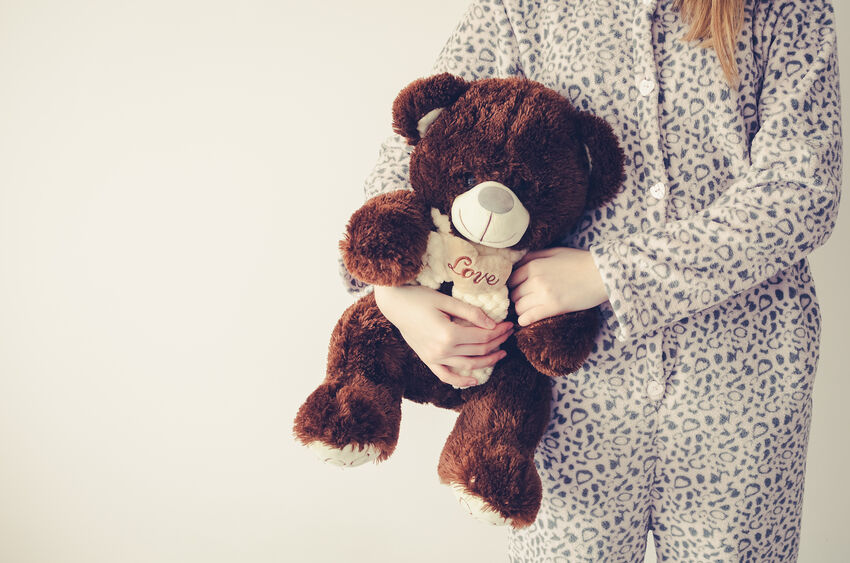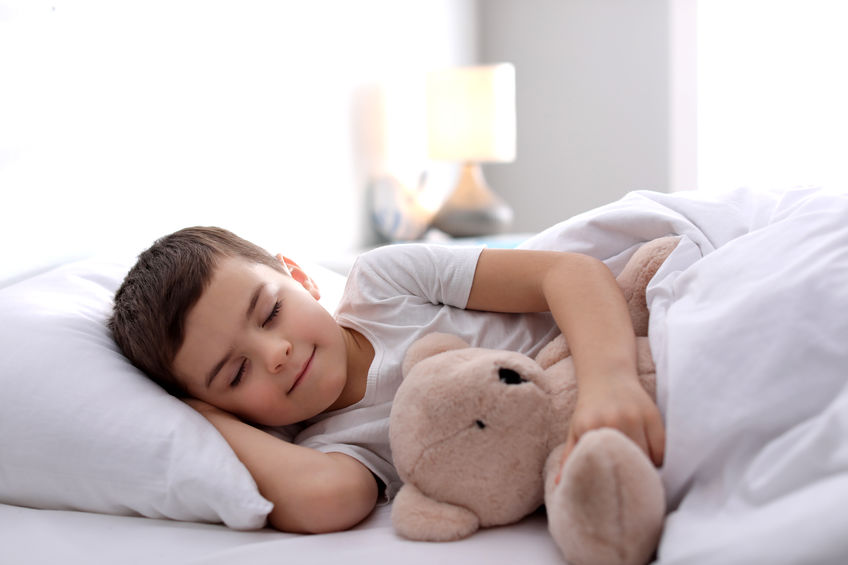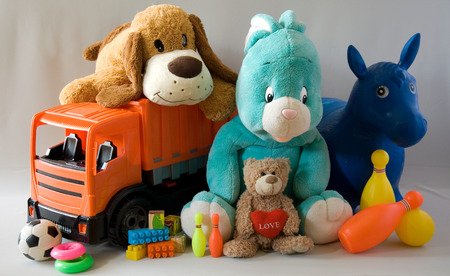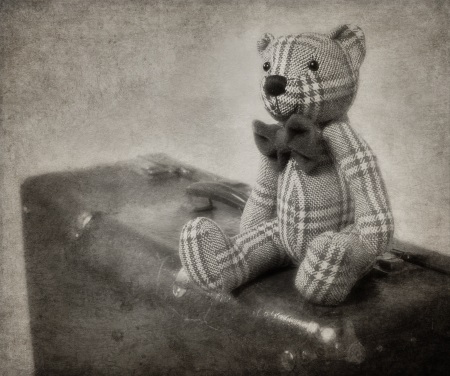
Stuffed animals aren’t just for home—they can also work wonders in the classroom. These cuddly companions make excellent educational tools, helping to teach important skills and enhance the learning environment for children.
If you’re a teacher or tutor, here are some creative ways to incorporate stuffed animals into your classroom!
Class Mascot
A unique and cuddly stuffed animal can make the perfect class mascot. Mascots foster a sense of belonging, uniting everyone in the class and representing the diverse group as a cohesive unit. Having a class mascot gives students something fun to look forward to and can significantly boost classroom morale. These special class heroes can make children excited to come to school every day with minimal effort.
Reading Partner
Stuffed animals can serve as the perfect audience for reading practice. Allowing students to read books out loud to stuffed animals helps them practice reading comprehension and fluency while minimizing nerves. The non-judgmental presence of a stuffed animal boosts confidence and makes reading practice more enjoyable for young learners.
Recognition and Reward
Children thrive on positive recognition and rewards for good behavior and achievements. Stuffed animals can be a very effective tool for rewarding students. For instance, a student who demonstrates good manners might get to keep a stuffed animal on their desk during class. Similarly, a student who excels in reading or mastering other course content can be given the privilege of carrying a stuffed animal for the day. This method not only motivates students but also creates a more positive and engaging classroom environment.
Imaginative Play and Social Skills
Stuffed animals can also be used to encourage imaginative play and social skills. Create scenarios where students use the stuffed animals to act out stories or solve problems together. This helps children develop their creativity, teamwork, and communication skills in a fun and interactive way.
Incorporating stuffed animals into the classroom offers many benefits, making learning more engaging and enjoyable for students. There is no shortage of fun and creative ways to use stuffed animals in educational settings.
At The Zoo Factory, we have dozens of adorable animal options—from teddy bears to unicorns and sea creatures to farm animals. You can even create a custom t-shirt for your furry friends!
Browse our animal options online today and fill out our contact form for any questions on our stuffable animal kits.










